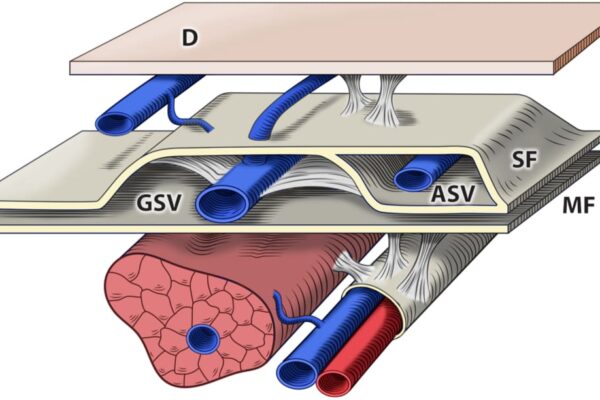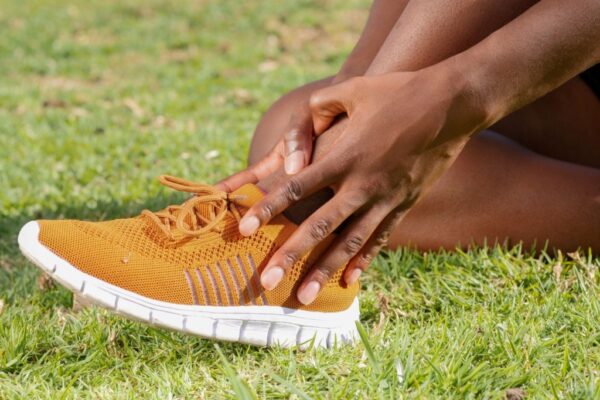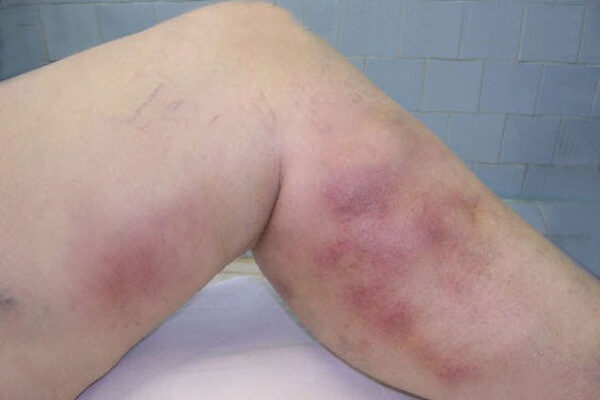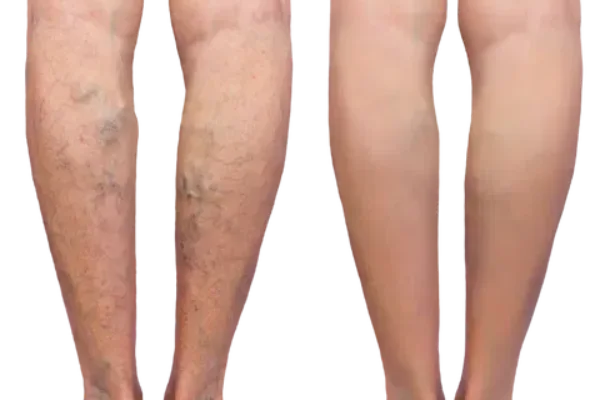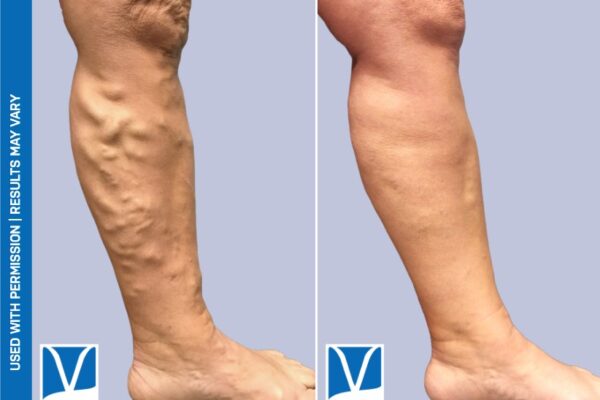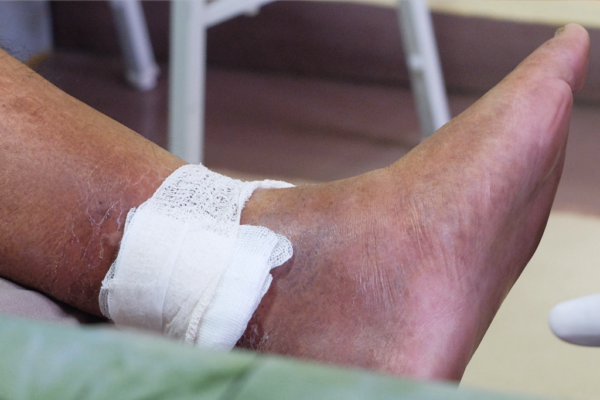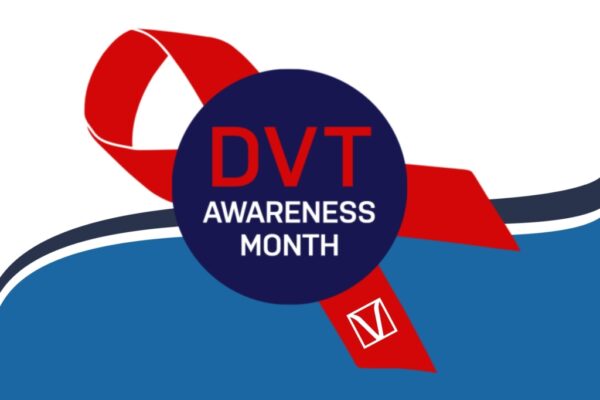Drop the Term "Accessory" Vein Consensus Emerges
Drop the Term “Accessory” Vein Consensus Emerges It was announced today that members from Inovia Vein participated in an international anterior saphenous vein consensus task force to address the con…

